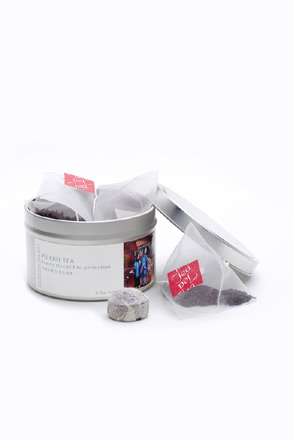Whether loose leaf forms or in tuo cha, these distinctive teas have been consumed in China for a long time for healing and good health. Their soothing qualities help in digestion and are best after eating heavy or oily foods. Recent studies show that they have significant effects in lowering cholesterol, in blood cleansing, and even helps to reduce weight.
Following are known benefits that can be derived from Pu-erh Tea that are accepted widely by those practicing ancient Chinese medicine :
• For the relief of arteriosclerosis, bleeding, common cold symptoms and hepatitis
• Has Vitamin C that can be rapidly absorbed and water-soluble
• helps to lower blood cholesterol levels.
• aids in blood circulation
• helps in prevention of and development of cancer
• aids in the proper food digestion
• may help strengthen the spleen
• helps to break down and reduce fats in the body
• may help to remove toxins in the body
• helps in healing body aches and pains.
Pharmacological Elements:
Vitamins B1, B2 C and E, potassium, phosphorous, calcium, magnesium, aluminum, lysine, arginine, histidine and cystine, linoleic and linolenic acids and trace amounts of zinc, sodium, nickel, iron, beryllium, sulfur and fluorides
Caffeine Content:
• Pu-Erh teas that have been aged contain lower caffeine levels than the young
varieties
• Fermentation which occurs after the ageing process results in diminished
caffeine content the older the tea
• In general, green Pu-Erh has higher caffeine content than the black variety
because Black Pu-erh undergo more processing which reduces caffeine levels.
I. What is Pu-erh tea
II. Pu-erh’s Origins
III. Production
IV. Types of Pu’erh and Brewing
VI. Pu-Erh Tea and Its Many Health Benefits
VII. Shaping and Packaging Methods
VIII. Storing Pu-Erh Tea